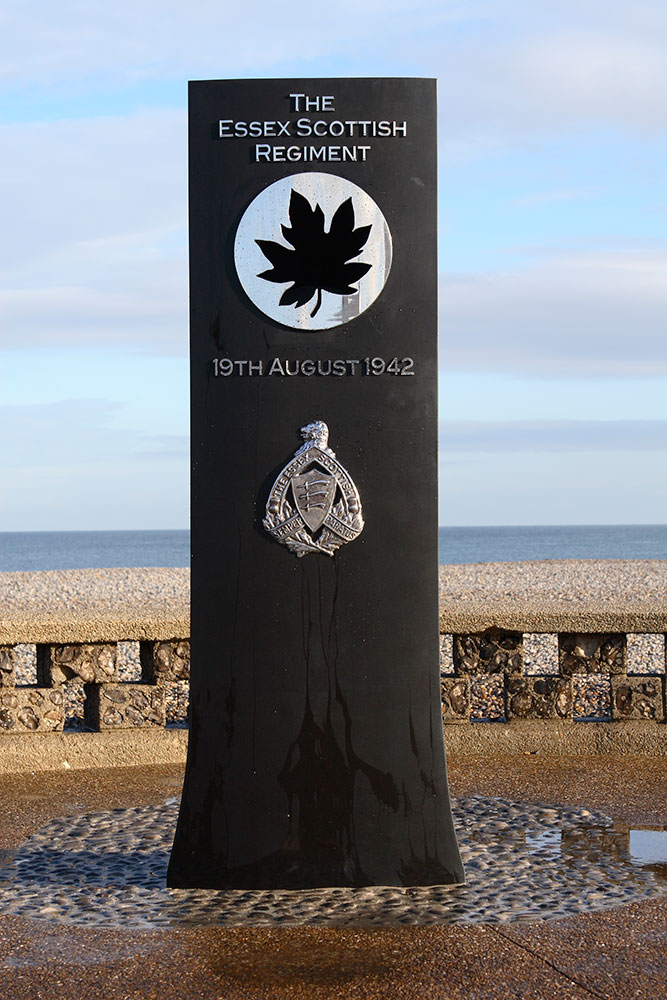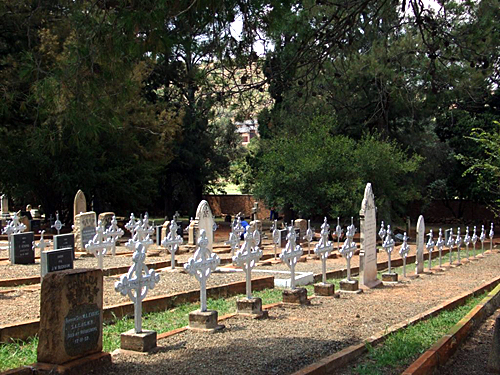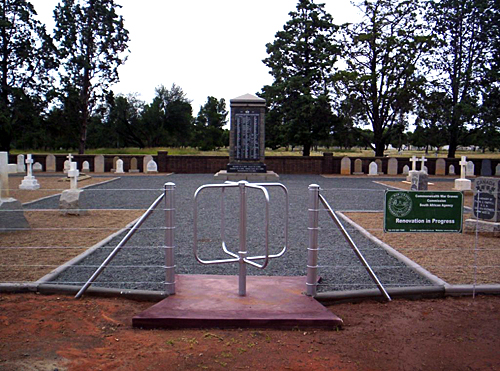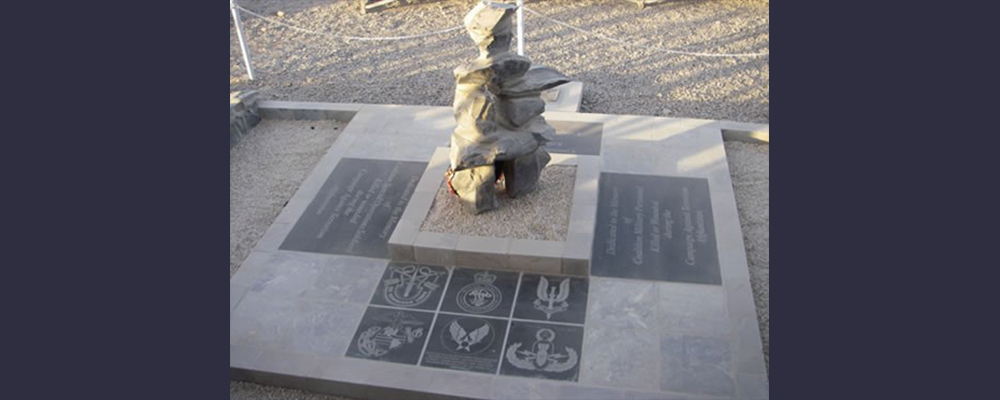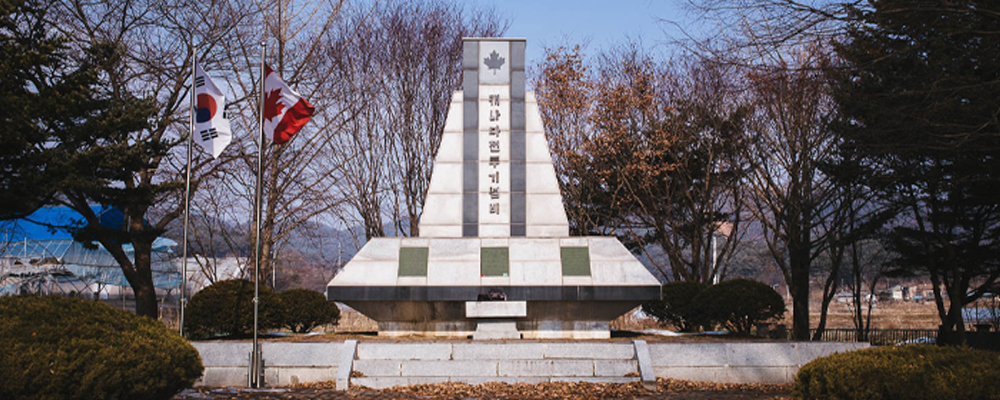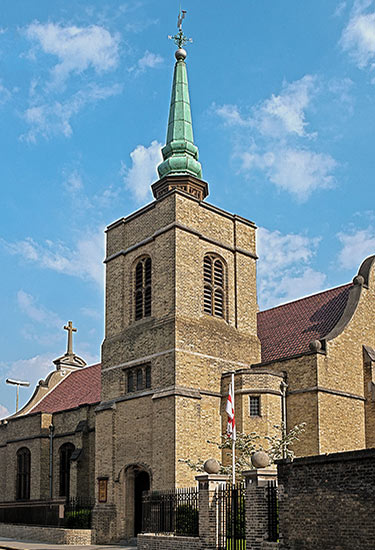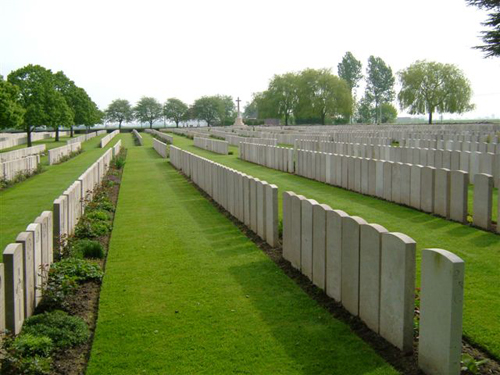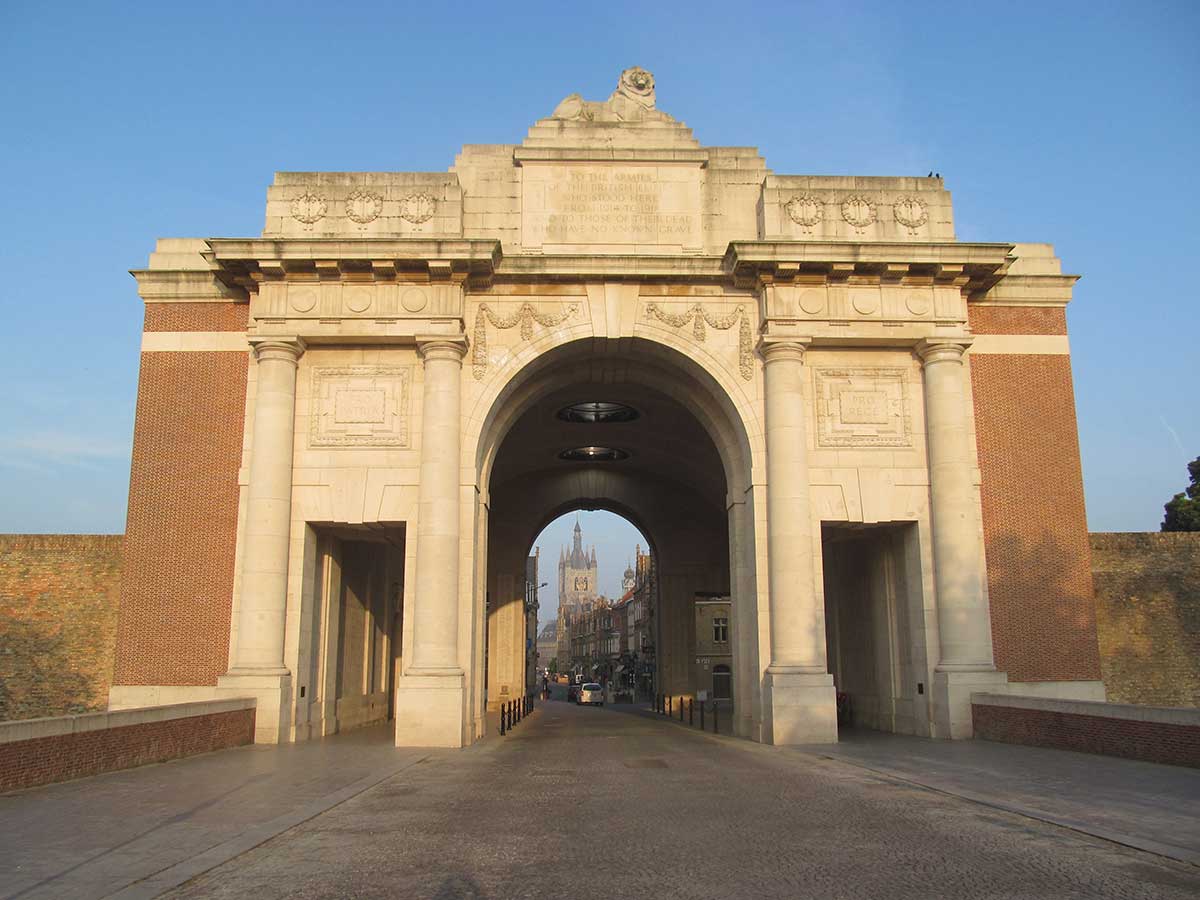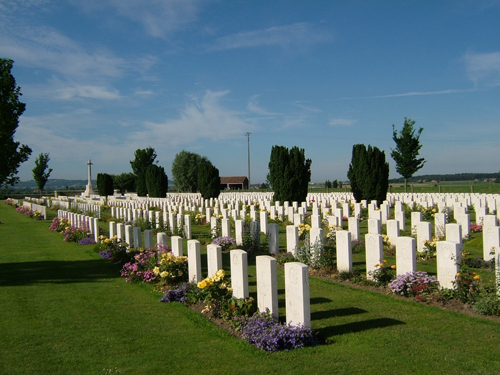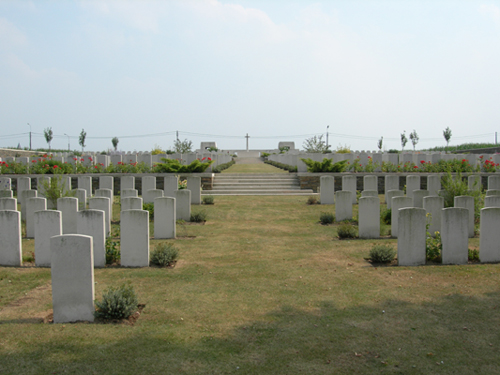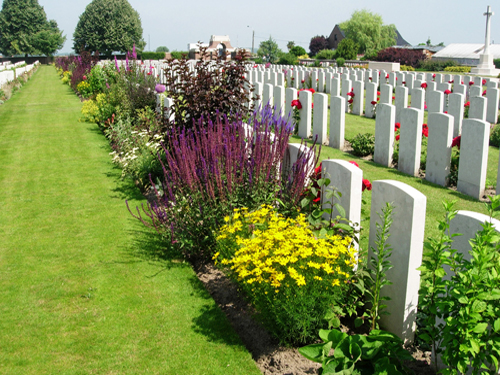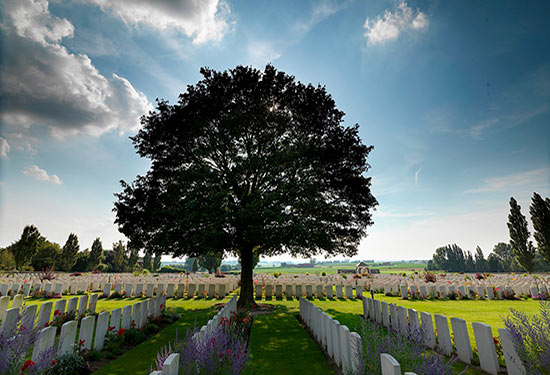Since Confederation, Canadians have served around the world in the cause of peace and freedom. Many of them made the ultimate sacrifice and their final resting places are typically located near the place where they died.
Filter by:
Displaying 1 to 12 of 137 entries
Displaying 1 to 12 of 137 entries
More information

Search for family and friends who died in service
The Canadian Virtual War Memorial is a registry of Canadians who died in service to our country.

Books of Remembrance
The Books of Remembrance list the names of Canadians who died while serving our country.

Canadian Armed Forces – military and dependent gravesites in Europe
Find burial locations of CAF members or their dependents who were buried in Europe post Second World War.

Grave marker maintenance
We honour Canada's fallen and preserve their legacy. One way we do this is by maintaining their gravesites and grave markers, at home and abroad.

Commemorative Partnership Program
The Commemorative Partnership Program (CPP) provides funding to organizations undertaking remembrance initiatives.
